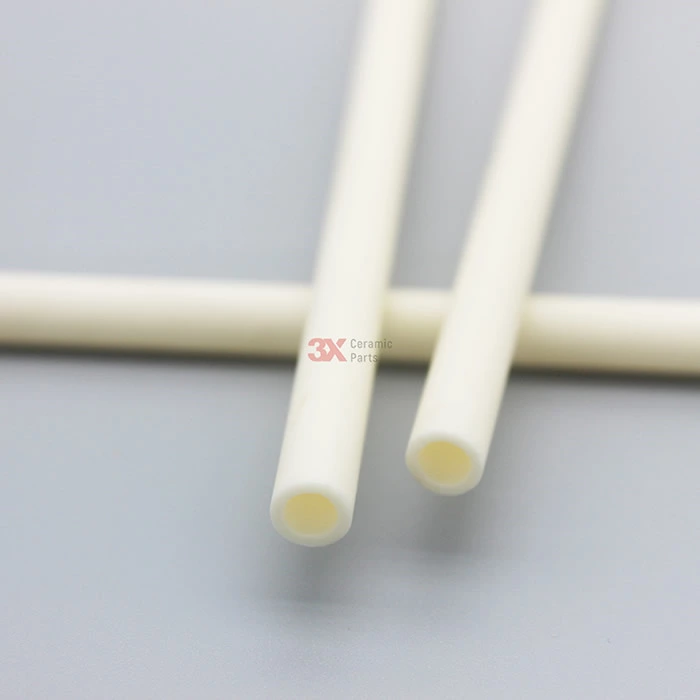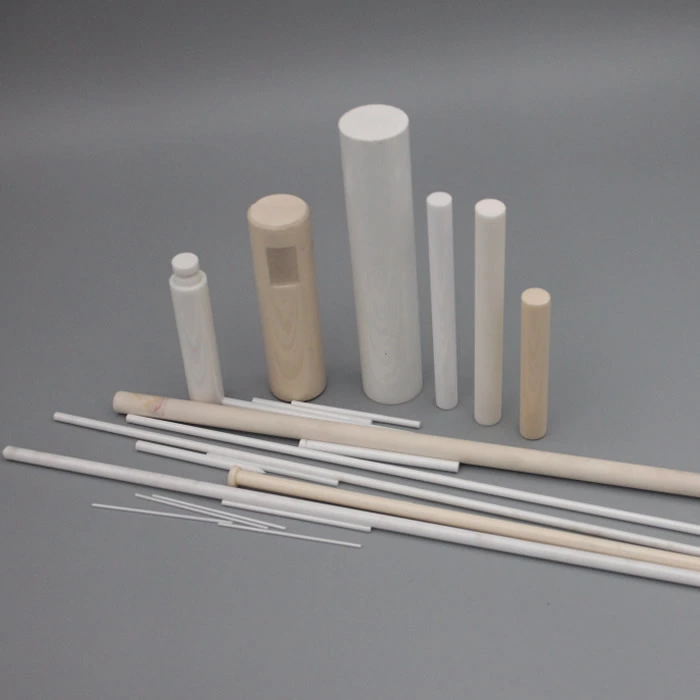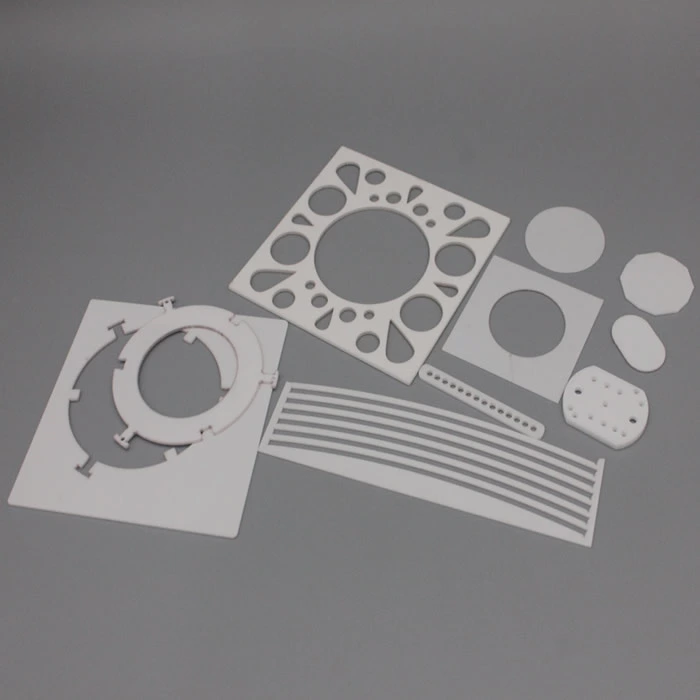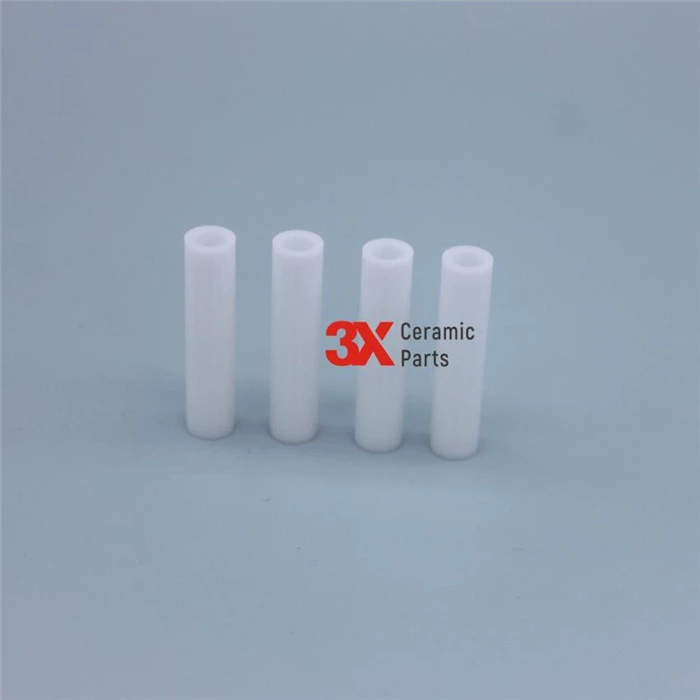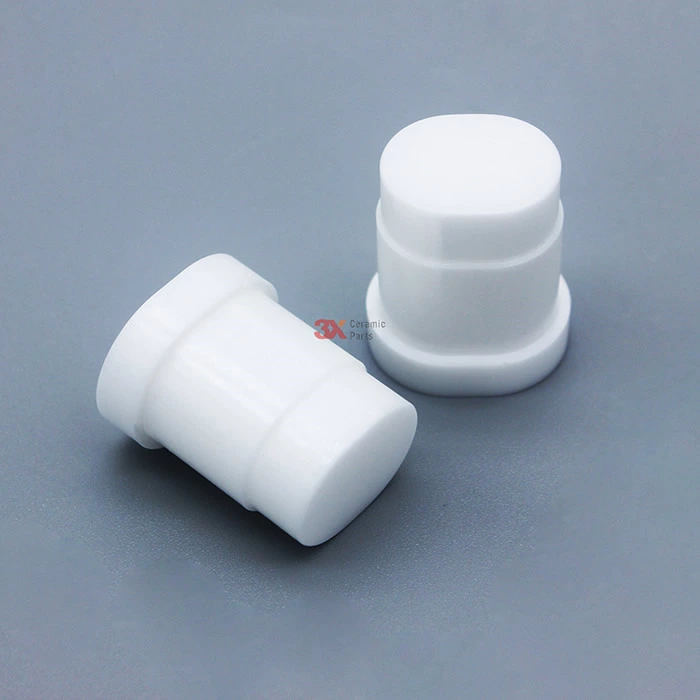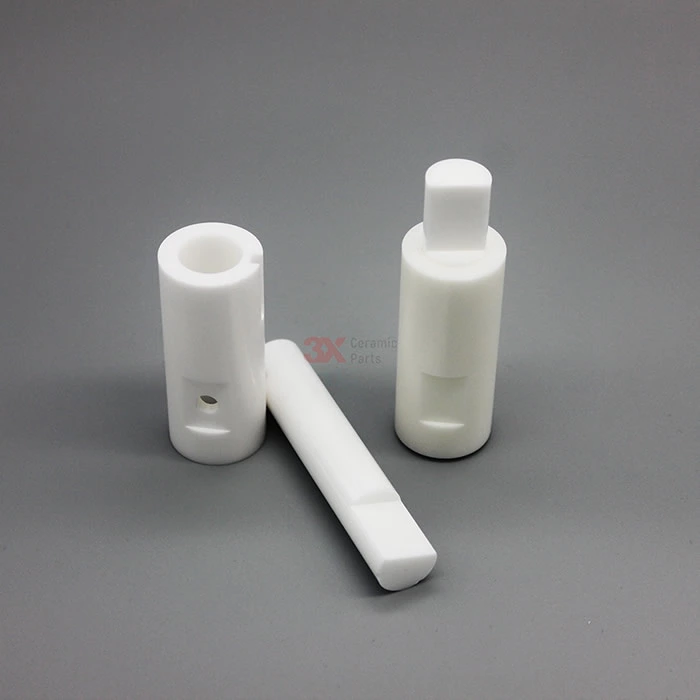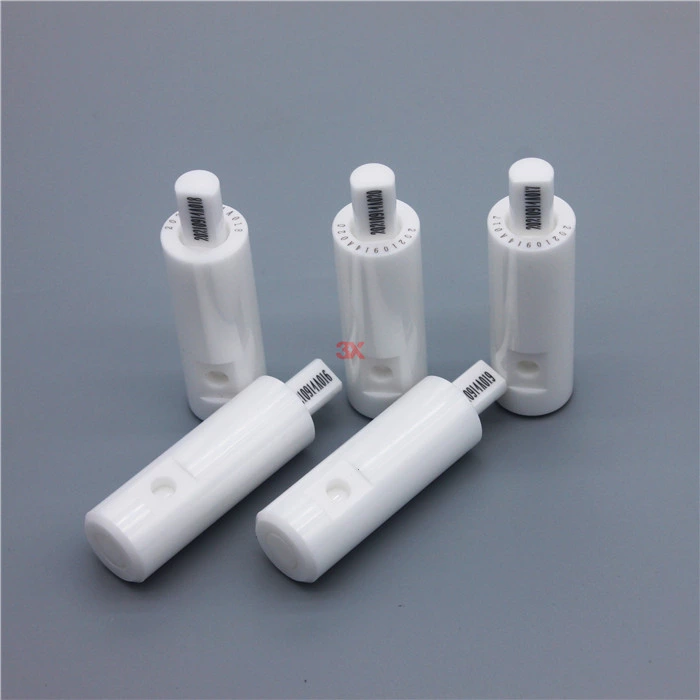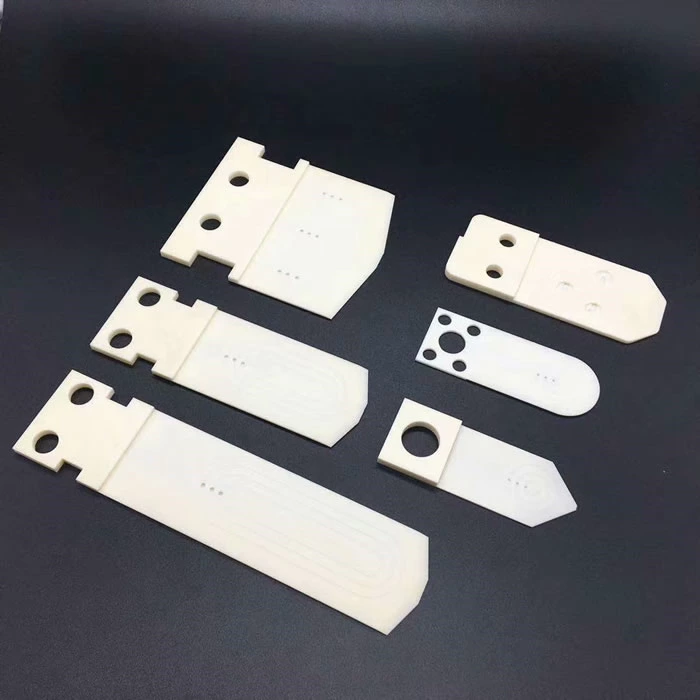Sintering Capabilities
3X Ceramic Parts Sintering Capabilities :
Liquefied Gas High-Temperature Kiln Furnace
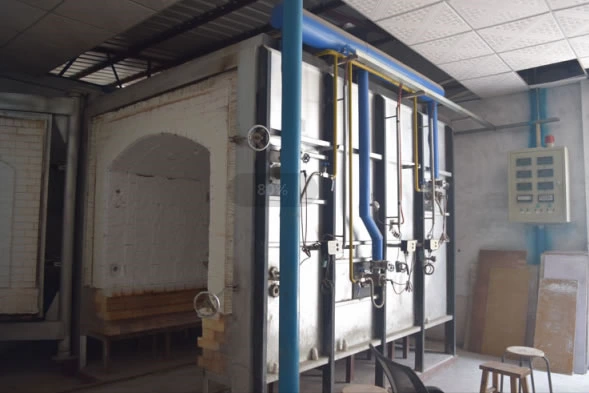
Energy Saving High-Temperature Lift-Bottom Furnace
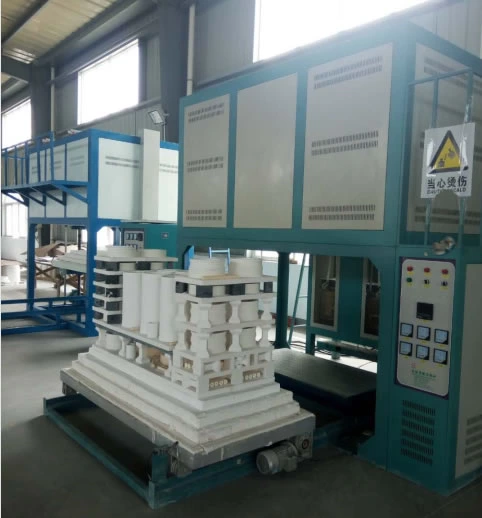
Debinding Furnace
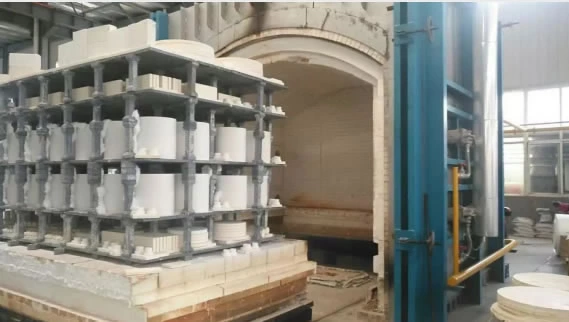
Preparation process of Special ceramic sintering :
The main preparation process of special ceramics includes three steps of blank preparation, forming and sintering. After the molding process is completed, sintering can control the growth of the crystal grains, which has a significant impact on the performance of the material. So far, ceramic sintering technology has been an area that people continue to break through.
Principle of Advanced ceramic sintering :
Sintering refers to the process of forming a green body under the action of high temperature, through the mutual adhesion and material transfer between the green bodies, the removal of pores, volume shrinkage, strength improvement, and gradually become a densification process with a certain geometry and a strong sintered body. . Observing the sintering phenomenon in macroscopic and microscopic conditions, it can be seen that macroscopically, the volume of the product after sintering shrinks, the density increases, and the strength increases. Microscopically, the shape of the pores changes, the crystal grows, and the composition changes (doping elements). According to the changes in the sintering process, the sintering is mainly divided into the following stages:
Sintering stage:
Removal of binders, etc.: If paraffin wax is completely vaporized and volatilized at 250~400 °C.
As the sintering temperature increases. The atomic diffusion is intensified, the voids are reduced, the particles are changed from point contact to surface contact, the voids are reduced, the connected pores become closed, and are distributed in isolation.
The small particles first appear as grain boundaries, the grain boundaries move, and the grains become larger.
Late stage of sintering:
The elimination of pores: the material on the grain boundary continues to diffuse into the pores, and the pores are gradually eliminated.
Grain growth: grain boundary movement, grain growth.
Ceramic sintering can be mainly divided into solid phase sintering and liquid phase sintering, and correspond to different reaction mechanisms. The reaction mechanism of liquid phase sintering can be simply summarized as melting, rearrangement, dissolution-precipitation, and pore elimination. According to the structural characteristics of the sintered body, the solid phase sintering mechanism is divided into three stages: initial sintering, medium sintering, and late sintering.
Pre-sintering period: In the initial stage of sintering, the particles are close to each other, and the indirect contacts of different particles form a neck by material diffusion and shrinkage of the body. At this stage, the grains within the particles do not change and the shape of the particles remains substantially unchanged.
Mid-sintering: The sintered neck begins to grow, the atoms migrate to the particle-bound surface, and the distance between the particles shrinks, forming a continuous network of pores. The density and strength of the sintered body at this stage are both increased.
Late sintering: Generally, when the density of the sintered body reaches 90%, the sintering enters the late stage of sintering. At this point, most of the pores are separated, and the material on the grain boundary continues to diffuse and fill into the pores, and as the densification continues, the grains continue to grow. At this stage, the sintered body mainly shrinks by the disappearance of small pores and the reduction of the number of pores, and the shrinkage is slow.
Engineering Ceramic sintering method :
| Method | Concept | Advantage | Disadvantage | Application Area |
| Ordinary sintering | Sintering of the green body under normal pressure. Including heating, heat preservation and cooling. | Low cost, easy to manufacture products with complex shapes and easy mass production | Product performance is general, it is difficult to fully densify | various material |
| Hot Pressing sintering | Applying pressure to the blank during the sintering process accelerates the process of densification | Shorten time, crystal size is small, density is close to theoretical density | It is not suitable to produce products with complicated shapes, and the sintering production scale is small and the cost is high. | various material |
|
Atmosphere Sintering |
Method for sintering ceramic body in a furnace for introducing a certain gas | Protects the body from reacting with gases | Strict atmosphere | material need gas protection |
| Reaction Sintering | Method for sintering a material by reacting a gas phase or a liquid phase with a matrix material | The process is simple, the product can be processed slightly or not, and complex shapes can also be prepared |
Finally, there are residual unreacted products, the structure is not easy to control, and too thick products are not easy to completely react and sinter. |
silicone carbide and reaction sintered silicone nitride products |
|
Liquid phase sintering |
Introduce certain additives to form a glass phase or other liquid phase | Compact product and reduced sintering temperature | Product performance in general | various material |
| hot isostatic pressing sintering | High-temperature sintering method under high-pressure shielding gas, the isostatic pressure is provided by high-pressure gas | The product is not limited, the density is close to the theoretical density, and the physical and mechanical properties are greatly improved. | Large equipment investment, difficult to operate, high cost, difficult to form large-scale and automated production | High value-added products |
| vacuum sintering | Put the powder body into a vacuum furnace for sintering | Not easy to oxidize, which is conducive to high densification | expensive price | Powder metallurgy products, carbide |
| wave sintering | A new technology for rapid sintering of densification by heating the ceramic to the sintering temperature by using the dielectric loss of the material in the microwave electromagnetic field | The heating process is simultaneously heated in the entire volume of the object to be heated, and the temperature rises rapidly and the temperature is uniform | Grain growth is not easy to control | various material |
|
Arc plasma sintering |
Ultra-fast densification sintering of materials by body heating and surface activation | Low sintering temperature, short time, low energy consumption per unit, simple operation, special calcination mechanism, new structure available | Expensive, simple shape, process exploration | New materials such as nano ceramics and fiber reinforced ceramics |
|
Self-spread sintering |
Made of precision ceramic materials by rapid chemical exothermic reaction of the material itself | Energy saving, low cost | The sample is easy to agglomerate, the pores are many, and the reaction is difficult to control. | few material |
| Meteorological deposition | Physical methods include sputtering and evaporation deposition | Controllable purity without heating | Slow coating speed and only for thin coatings, expensive and simple in shape | Specially demanding and thin products |
| The chemical method is to introduce a reaction gas when the substrate is heated, and a product formed at a high temperature is deposited on the substrate to form a dense material. | Can produce high-density fine-grained structure, improved light transmission and mechanical properties | |||
| Explosive sintering | A new material processing or synthesis technology that utilizes the energy generated by explosive detonation to act as a shock wave on a metal or non-metal powder, and reacts and sinters under transient, high temperature and high pressure. | The density is close to the theoretical density under high pressure, fast melting and fast cooling, which is good for maintaining the excellent characteristics of the powder. Non-hot melt ceramics can be sintered without adding a sintering aid. | Design explosion sintering parameters are complex, process exploration stage | Refractory metal or alloy, ceramic, metal or non-metal powder |
Factors affecting Technical Ceramic Sintering :
- Powder particle size The fine particles increase the sintering driving force, shorten the atomic diffusion distance, increase the solubility of the particles in the liquid phase, and accelerate the sintering process. However, the fine particles easily adsorb a large amount of gas, hinder the contact between the particles, hinder the sintering, and therefore must be rational according to the sintering conditions. The choice of granularity.
- Effect of admixture In solid phase sintering, the admixture can promote sintering by increasing defects; in liquid phase sintering, the admixture can promote sintering by changing the properties of the liquid phase
- Sintering temperature and time
Increasing the sintering temperature is advantageous for mass transfer such as solid phase diffusion, but too high a temperature promotes secondary crystallization and deteriorates material properties. The low temperature stage of sintering is mainly surface diffusion, and the high temperature stage is mainly volume diffusion. The low temperature sintering time is too long for the densification, which is the deterioration of the material properties. Therefore, the high temperature short time sintering is usually used to increase the density of the material. - Sintering atmosphere
Sintering in air causes vacancies in the crystals and defects, so the atmosphere is selected by sintering different matrix materials. The effect of the atmosphere on sintering is very complicated. General materials such as TiO2, BeO, Al2O3, etc., are sintered in a reducing atmosphere, and oxygen can directly escape from the surface of the crystal to form a defect structure, thereby facilitating sintering; non-oxide ceramics, which are easily oxidized at high temperatures, are thus nitrogen and Sintering is carried out in an inert gas; in order to prevent the volatilization of Pb, PZT ceramics are required to be filled with an atmosphere sheet or an atmosphere powder for hermetic sintering. - Forming pressure
The molding pressure of the blank is also critical to the performance of the material. The greater the molding pressure, the tighter the contact of the particles in the green body, and the smaller the diffusion resistance during sintering; the excessively high molding pressure will cause brittle fracture of the powder, which is not conducive to sintering.


